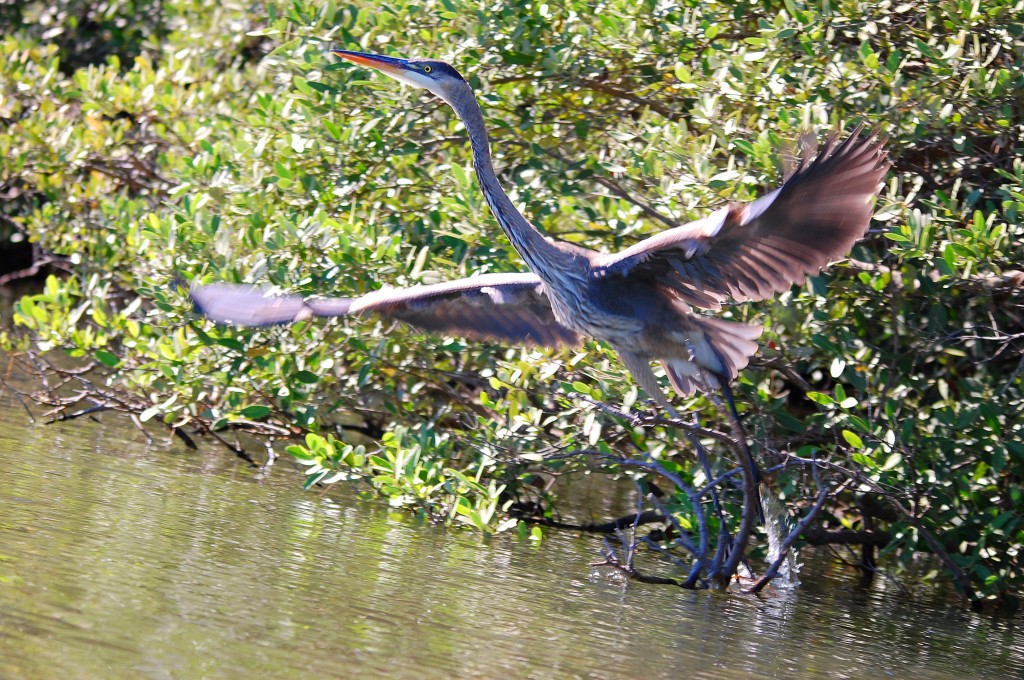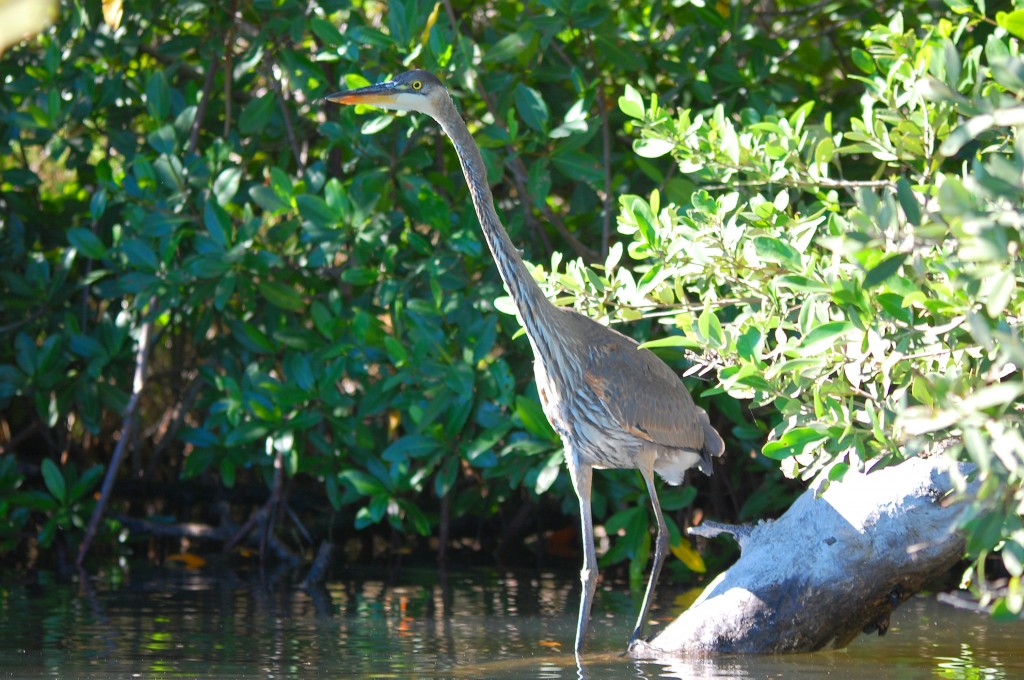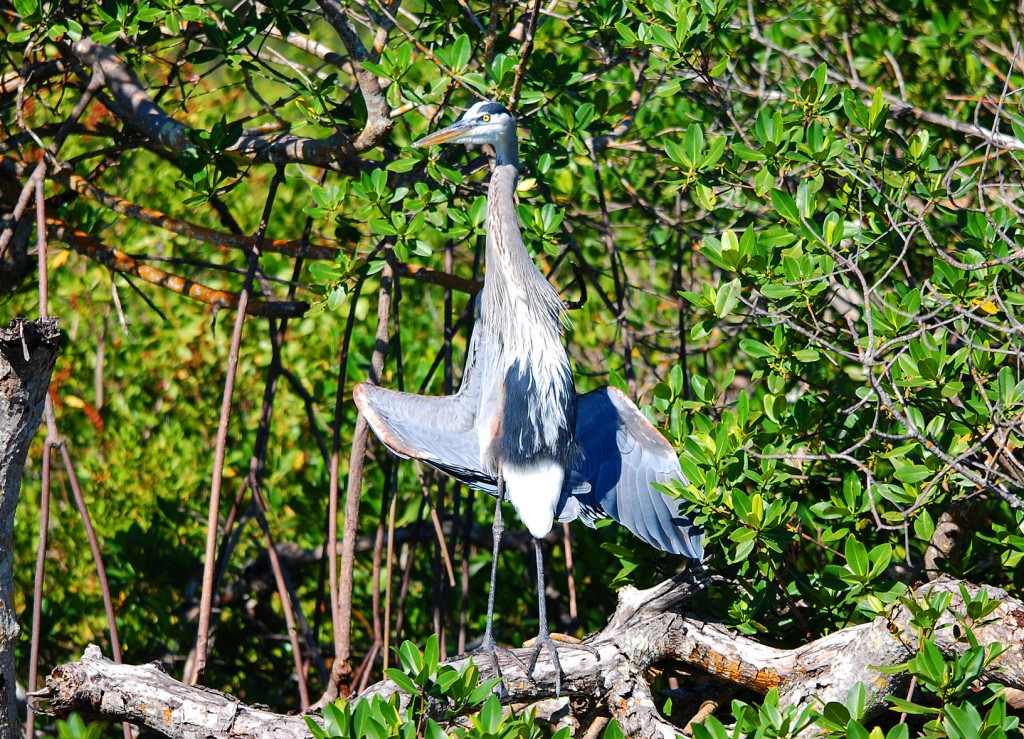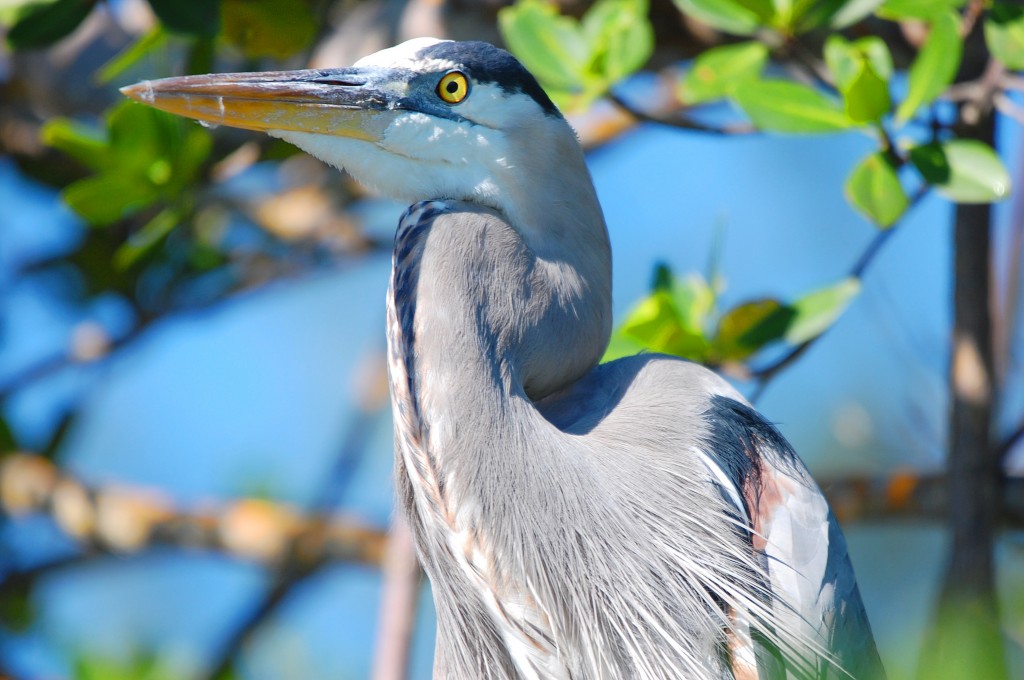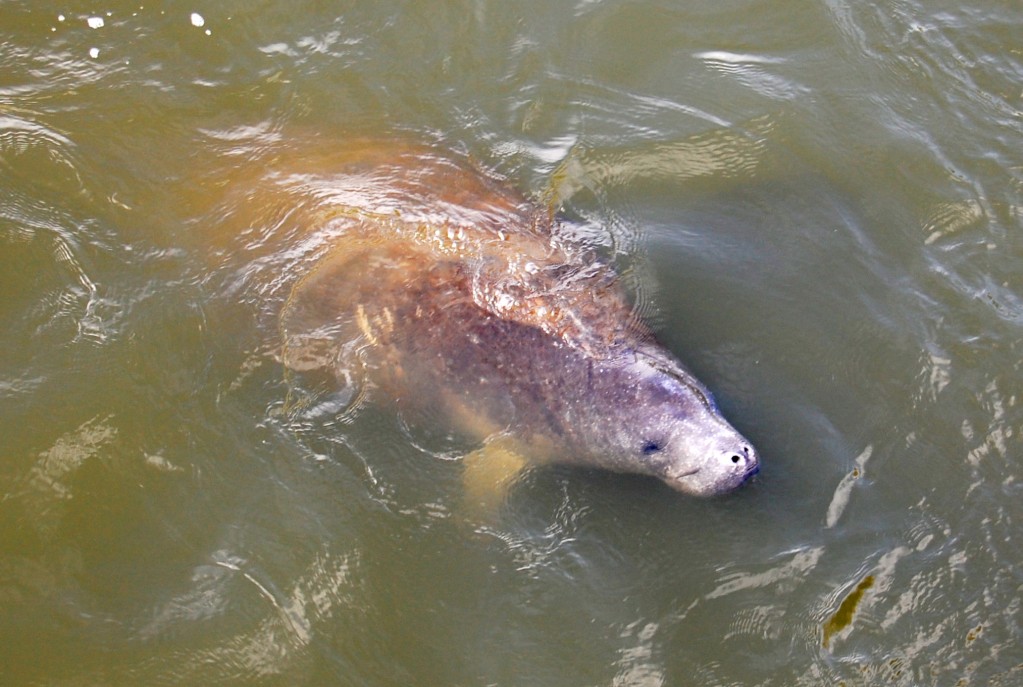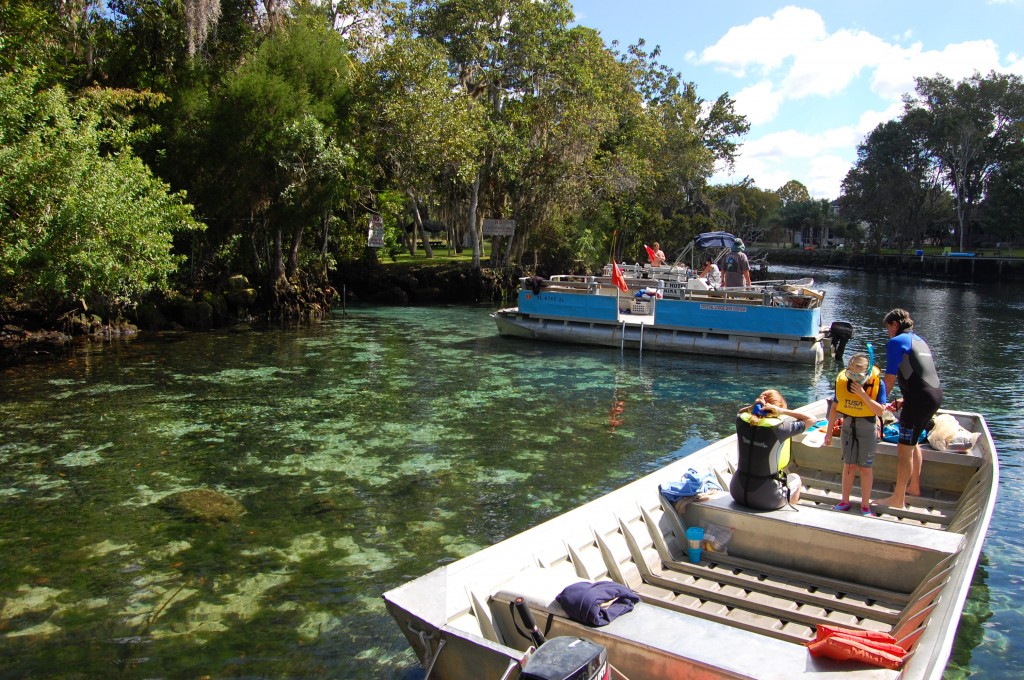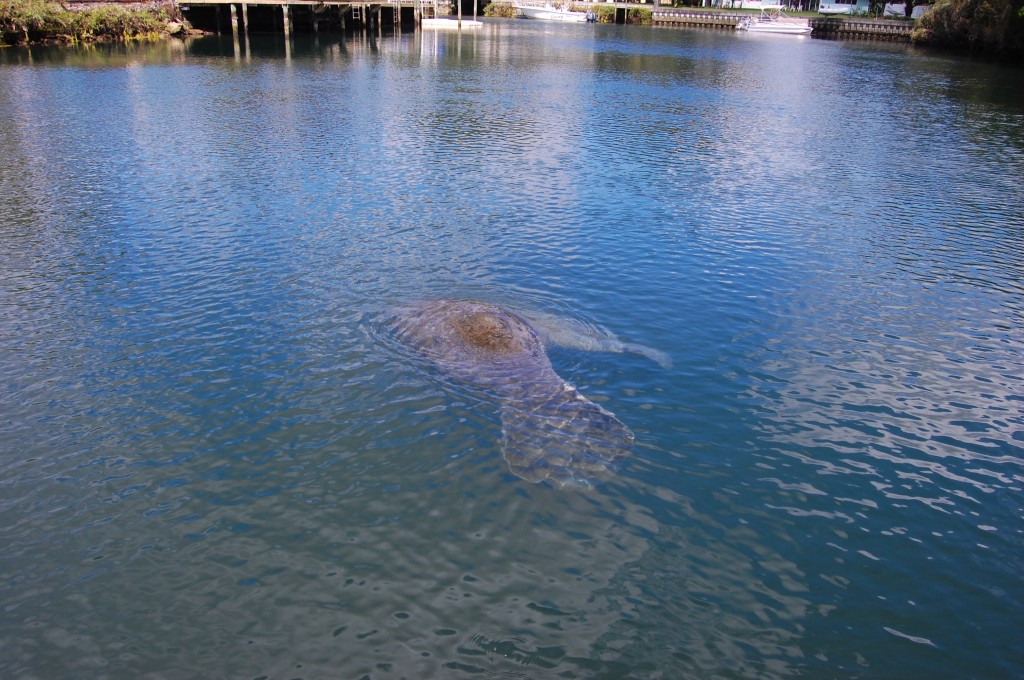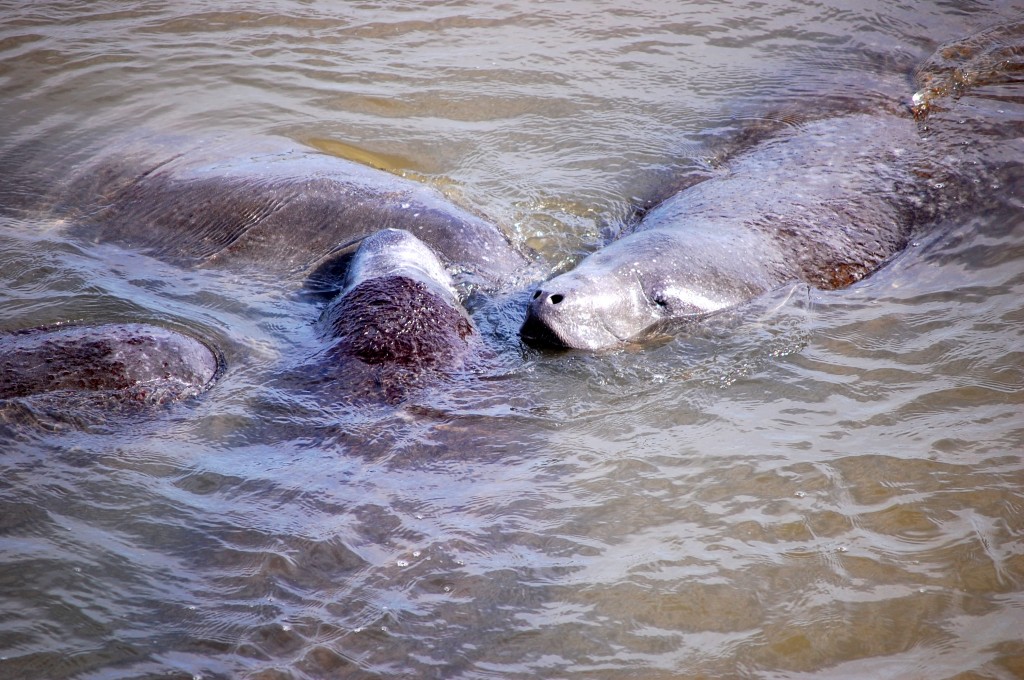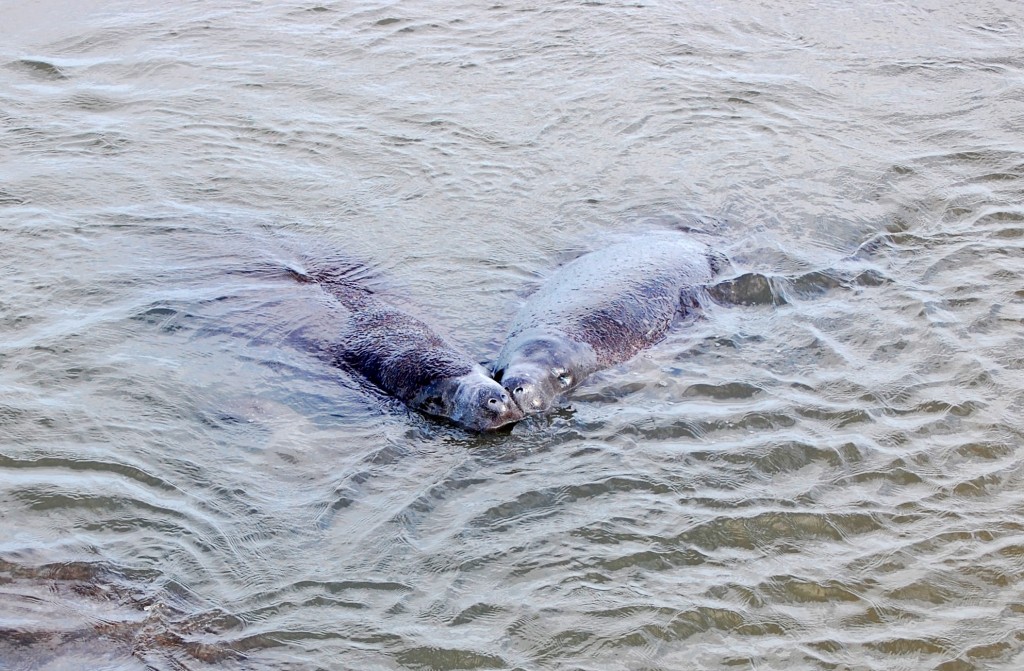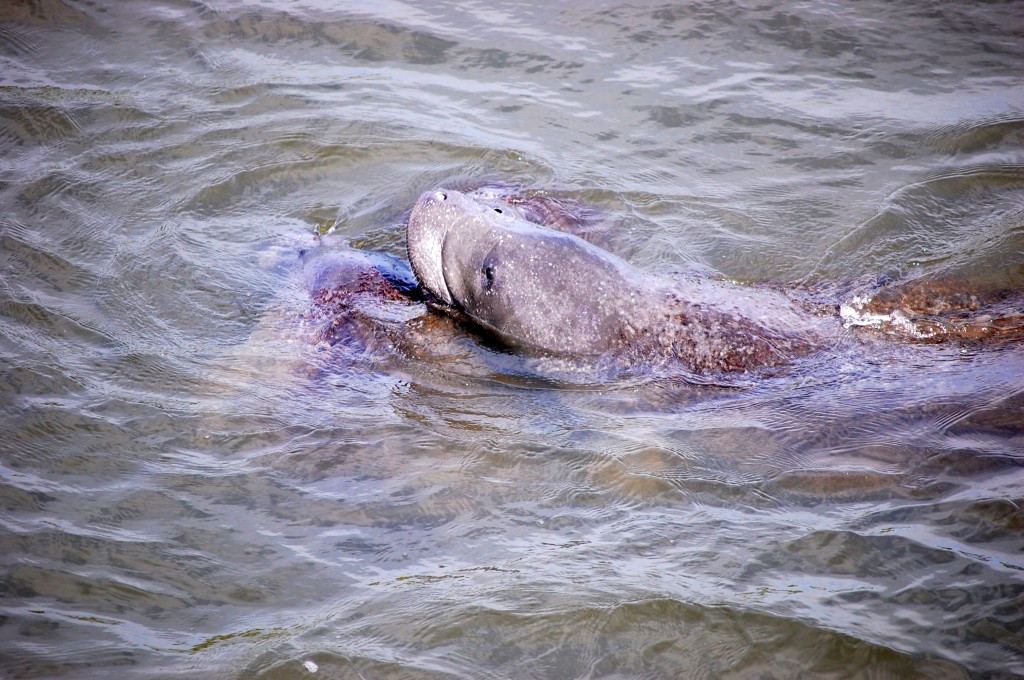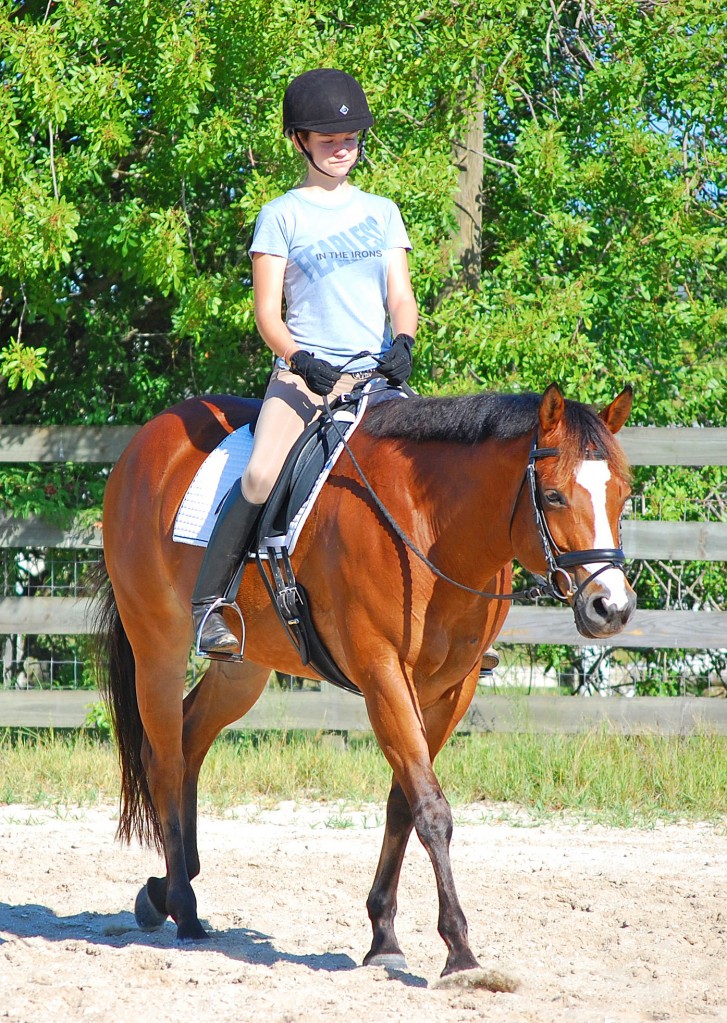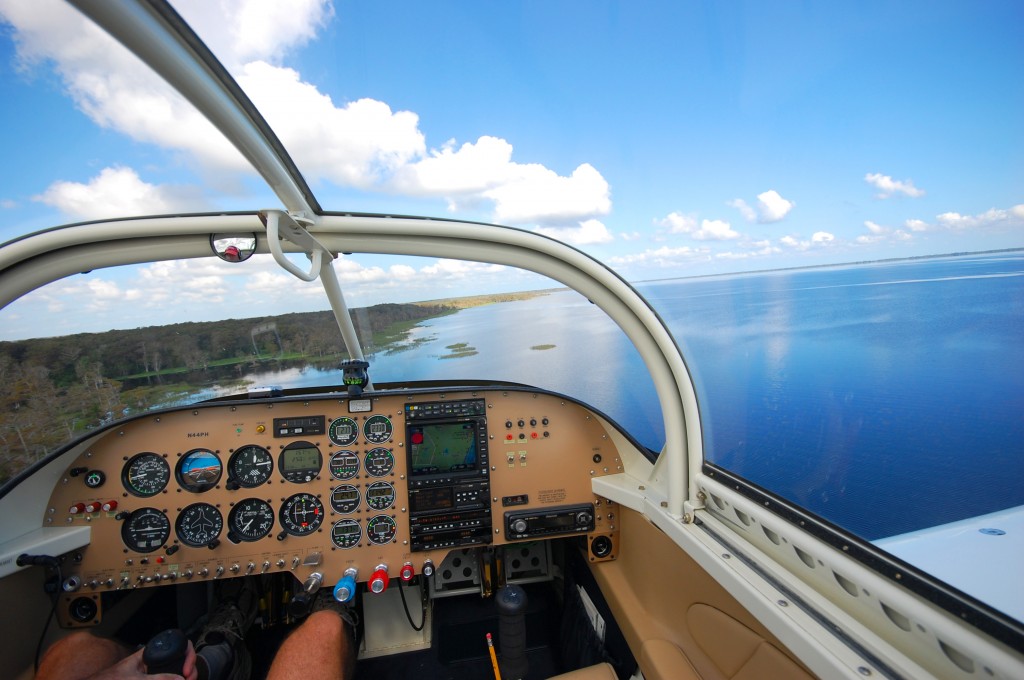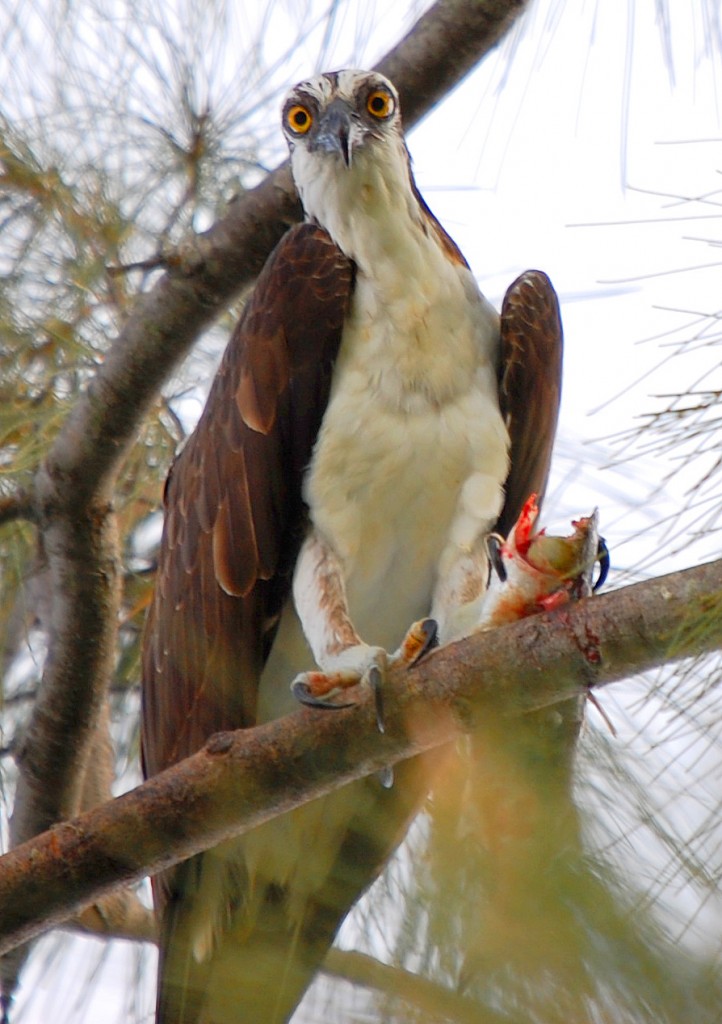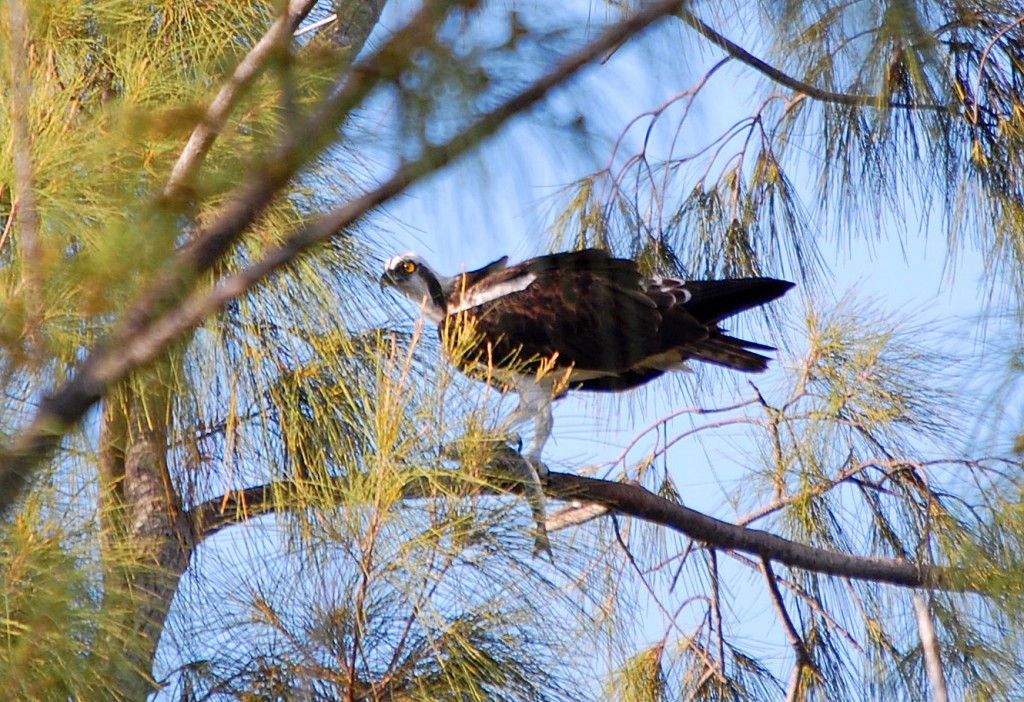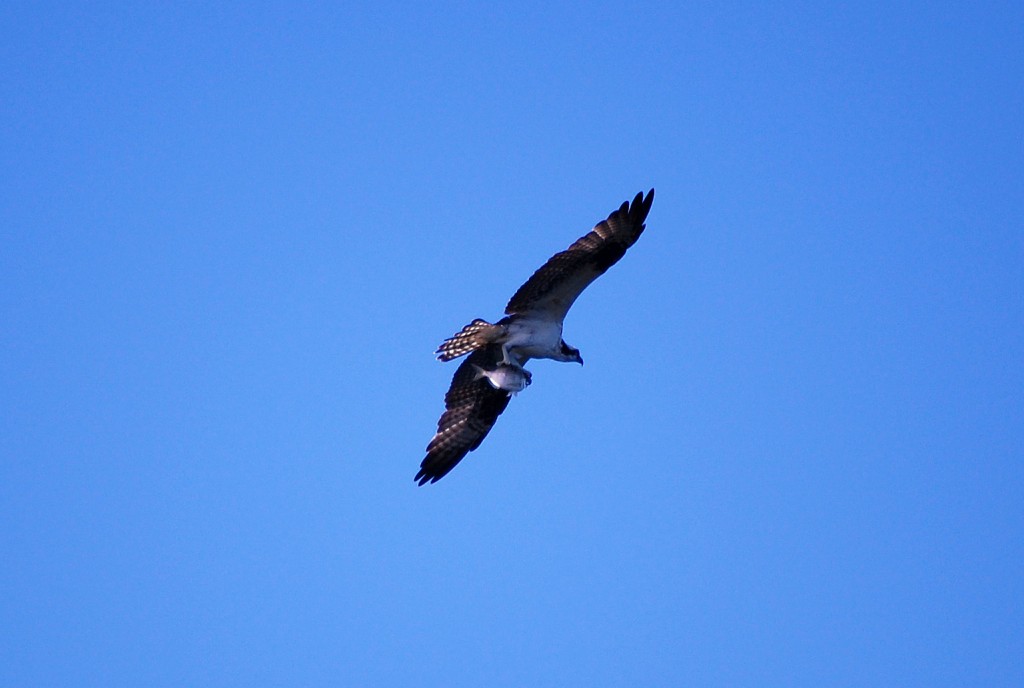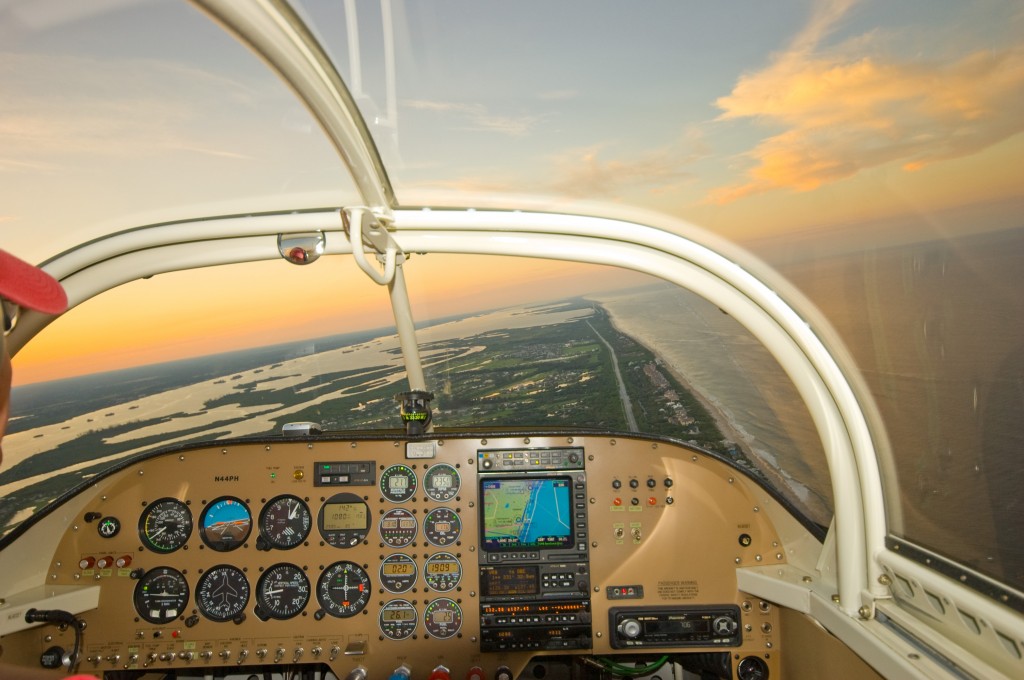Kayak Day
Yes, today was kayak day. Been waiting for the right weather and today was just gorgeous with high pressure moving in, temperatures in the low 70's. The wind was just a little too brisk, which makes it difficult to orient the kayak correctly for taking pictures. I noticed the ospreys weren't having much luck today either as the light chop on the water makes it difficult for them to spot fish.
I took about 350 pictures. The osprey were quite active, but the great blue herons were spectacular so today will be just the herons.
The great blue heron is a large bird, probably about an 8 foot wing span, and they are found mostly in the shallow water around the mangroves. I startled this one and was just able to get his takeoff. I had the Sigma 120-400mm zoom on the Nikon D40, which turned out to be just about right for today's photo shoot. This picture was taken at f/4.5, 1/250 sec., ISO-200, and focal length was 120 mm.
In the second picture, this is a great blue standing in shallow water amongst the mangroves. Typically, they will wait for their prey to swim by and will spear it with its bill, then swallow it whole.
This picture was taken at f/4.5, 1/160 sec., ISO-200, and 120 mm focal length.
In the third picture, this heron has its wings splayed facing the sun as if it were drying them, but I'm not sure that's what he's actually doing. When I came upon him he had his wings spread like this and he remained in this position for a good 5 minutes or so, never made any attempt to fly away, even though I approached to within a few yards.
This area of the Indian River Lagoon is totally undeveloped so wildlife is plentiful. You can move around in the mangroves from island to island all day long and not see another boat or human being. If you like unspoiled, natural habitat, this is the place for you.
Exposure detail is as follows: f/5.3, 1/500 sec., ISO-200, 185 mm focal length.
And finally, I had to include a close up to show off the full capability of this lens. You can even see the feathers in its beak from where it had been grooming. These are truly magnificent birds. By the way, I managed to survive without getting any of the equipment wet! Not as easy as you might think. Exposure: f/5.6, 1/320 sec., ISO-200, 400 mm!
I'll put the osprey show up next.
Manatees
I took my backpack along on my bike ride today and stopped in at Round Island to see what the ospreys were up to. As I crossed the pedestrian bridge over to the island, I noticed that there were quite a few manatees frolicking right under the bridge below me. So, I took a few pictures.
Even though you usually see manatees almost any day at Round Island Park, it is rare to see them this close and in such large numbers like there were today. I guess there were probably about 20 close to the bridge. And they were quite playful for some reason. I have been following a couple of twin calves that were born this spring to this one cow. Manatee twins are rare so when these two are around they're very noticeable. They were born this spring so I'm guessing they're about 8 months old. Calves will nurse for a couple of years, so they'll be with mom for a while yet.
Recently I flew over to Crystal River, Florida to visit a friend and we went out on his pontoon boat to photograph the manatees. The water there is aquifer-spring fed and thus very clear as you can see from the photos below. The manatees there appear to be different to me. I'm not sure if it's the clear water or if these manatees are genetically different. But they seem larger and more aerodynamically shaped, if you know what I mean.
Back at Round Island here on the east coast of Florida (see below), notice how much murkier the water is here compared to the Crystal River. We will begin to see the manatee population increase now as the cooler weather drops water temperature and these mammals seek shallower, and thus warmer, water. Round Island Park is a natural for them. It is shallow and protected on all sides from the wind.
One interesting fact about manatees is that they will venture into the ocean to migrate on occasion. I always thought they remained in the river, but recently I was at a party over at Felton's oceanfront condo when all of a sudden someone yelled, "Sharks!" It turned out to be about a dozen manatees cruising right off shore in the surf moving slowly from north to south. So I guess they would have been migrating from the Sebastian Inlet to the Ft. Pierce Inlet. One of the guests was a biology teacher and manatee expert, and she promptly ran down to the beach and got into the surf with them for a close encounter. Cool.
As always, click on a picture to see it in full size.
Chloe & Shela Lark
I was out at the barn today helping hang a fan in Shela's stall. Chloe, who just turned 14, was out in the arena giving Shela a workout, so I took a couple of pictures of them. Chloe is a dressage rider and Shela Lark is her 8-year-old mare.
Photo was taken with a Nikon D40 with Nikkor 55-200mm zoom lens. Photo parameters: f/5.6, 1/500 sec., ISO-200, @ 135mm.
And then I went flying. I decided to fly out to Blue Cypress Lake to look for alligators. Didn't see any, but it was a nice day. So, the lake: first of all, it's blue, as you can see; and then its shore is lined with beautiful cypress trees, thus the name. I have seen kayaks out on this lake that are smaller than the alligators swimming nearby. Been thinking about going kayaking out here. Maybe not. I'll let you know if I do.
Fish Hawks
So, today I'm out on Round Island trying to get some photos of an Osprey. I've been observing them for a couple of days now. They begin to feed around 9 a.m., and usually are done in about an hour. It takes them about 30-45 minutes to catch a fish, and when they do, they fly to a tree branch to eat it. It is interesting to watch them hover over their prey. When they spot a fish, they fold their wings and dive straight down and hit the water feet first in a big splash. I notice they seem to be successful about 50% of the time. Obviously, they have to catch a fish just the right size, too big and they wouldn't be able to fly. When they come out of the water, they hold their catch in one or both talons. They circle around for awhile looking for just the right tree or branch to land on. They have to land one-footed and hold their catch in the other foot. But they're pretty good at it, and I haven't seen one miss its landing yet.
The photo on the left was taken from under the tree the Osprey was perched on. It had just landed and had begun to take bites from around the head of the fish. Every time it would take a bite, the fish would flop and momentarily unbalance the precarious one-taloned grip.
Notice how the eyes are set in the head. Almost owl-like. I assume this helps with its depth perception and also to be able to see straight ahead as it dives for its prey. So when this bird looks at you, its head is pointed straight at you, as opposed to cocked to one side, like a mockingbird. He was none too happy when he spotted me, even though he was a good 75 feet away, high up in a pine tree. I was obviously interrupting his breakfast, and moments later, he took off to look for another tree.
The next photo was taken prior to the one above from an observation tower located near the tree where this Osprey alighted. Click on the photo for full size.
And, finally, the last photo (on the right) is of an Osprey in flight with its catch. These birds are really cool to watch. They have a large wing span (I guess to be able to lift their prey's added weight). Thus, when not loaded with prey, their flight is glider-like. They do more soaring than flapping of their wings. When hunting, they soar high above the water until they locate a school of fish; then they drop down and hover over their prey until spotting a suitable fish, when they will fold their wings and dive. Sometimes they will swoop out of the dive at the last minute, inches above the water--I guess when they realize they have to abort. I notice that hawks use a similar hovering technique when hunting small rodents over land. And Ospreys are known as "fish hawks," and, by the way, are a protected species here in Florida.
I am going to try to get out on my kayak soon to see if I can photograph one hitting the water while catching a fish. Stay tuned.
First in Flight
I know, that's the motto of the State of North Carolina (on their plates). Here, I refer to the first posting of an in-flight photograph.
I took this photo from the back of my airplane, an RV-6, using a tripod and a Nikon D40 camera. The lens is a Sigma 10-20mm f/4-5.6. Taken at 1/60 sec., f/5.6, ISO-200, lens set at 18mm. Flash fill was used to illuminate the instrument panel. The camera was fired using a remote. Location is approximately 1,000 feet over the area of Sebastian, Florida.
